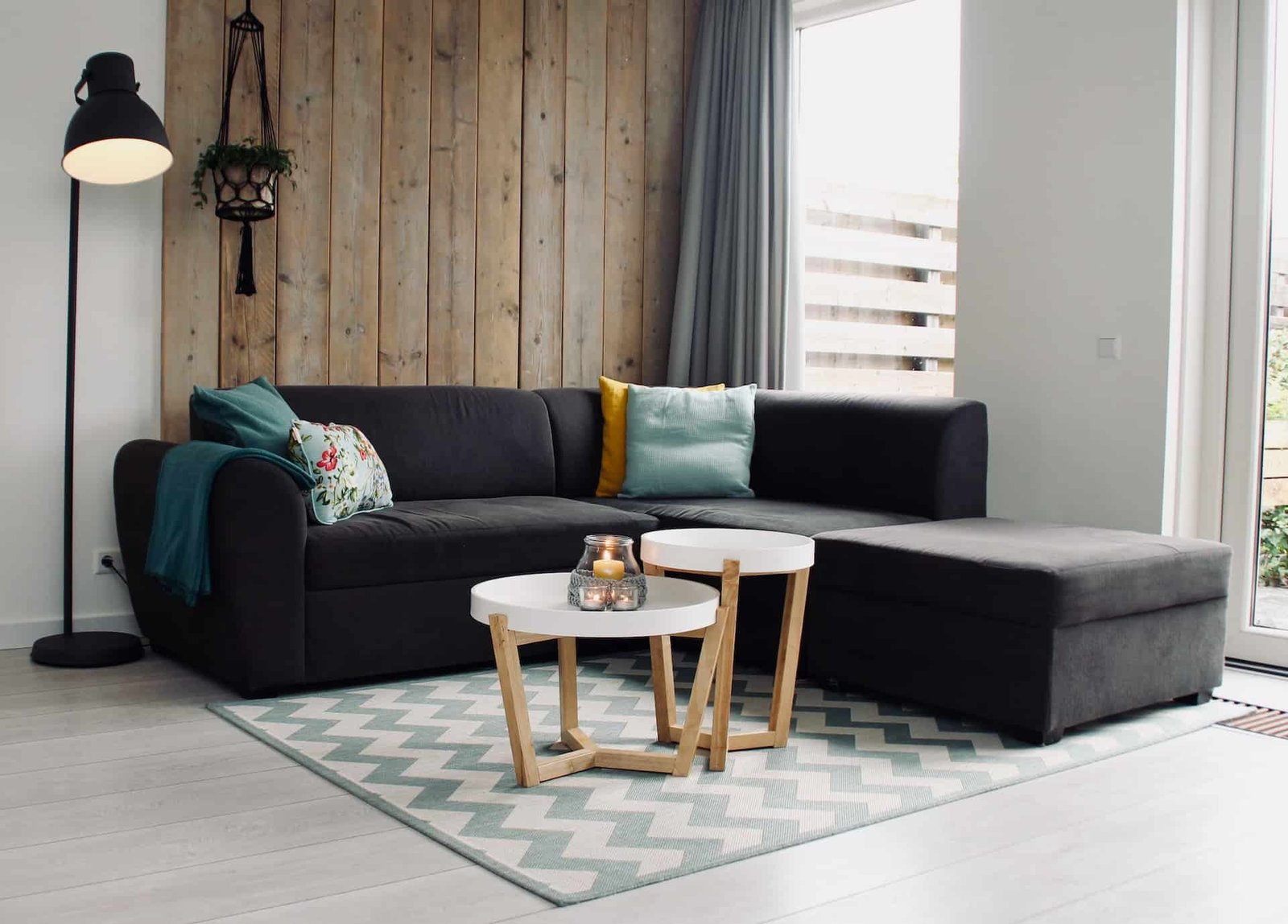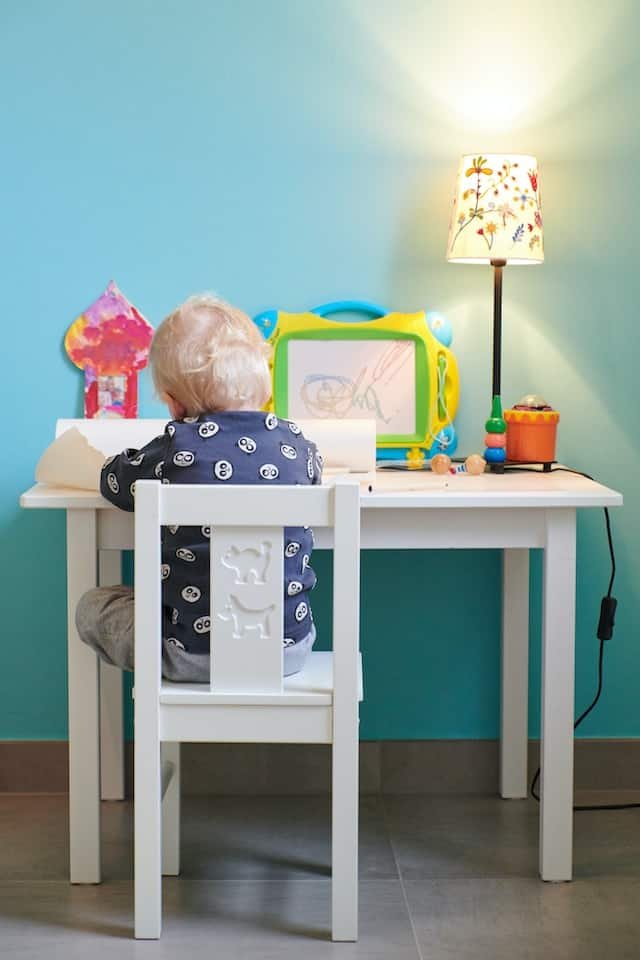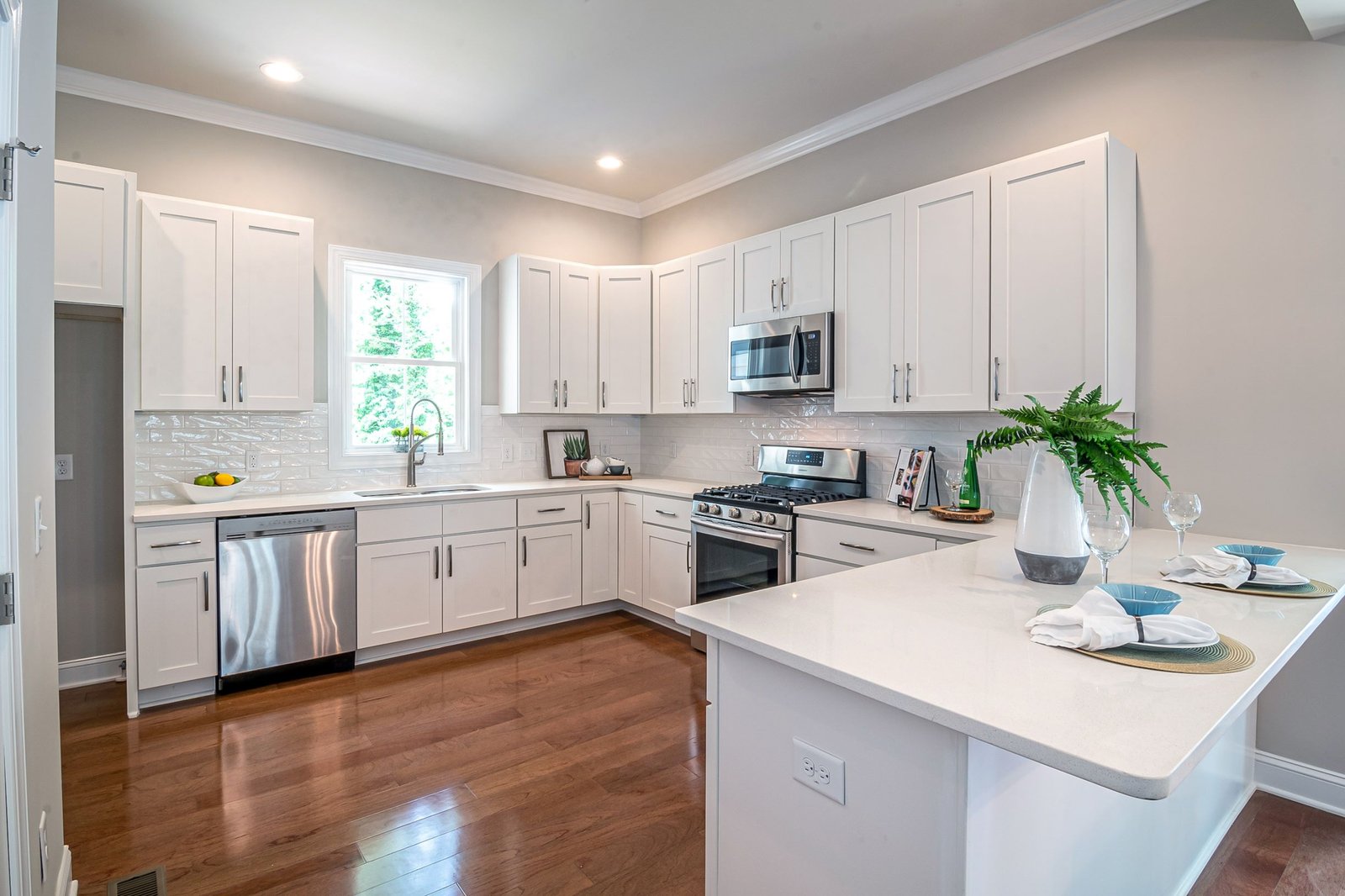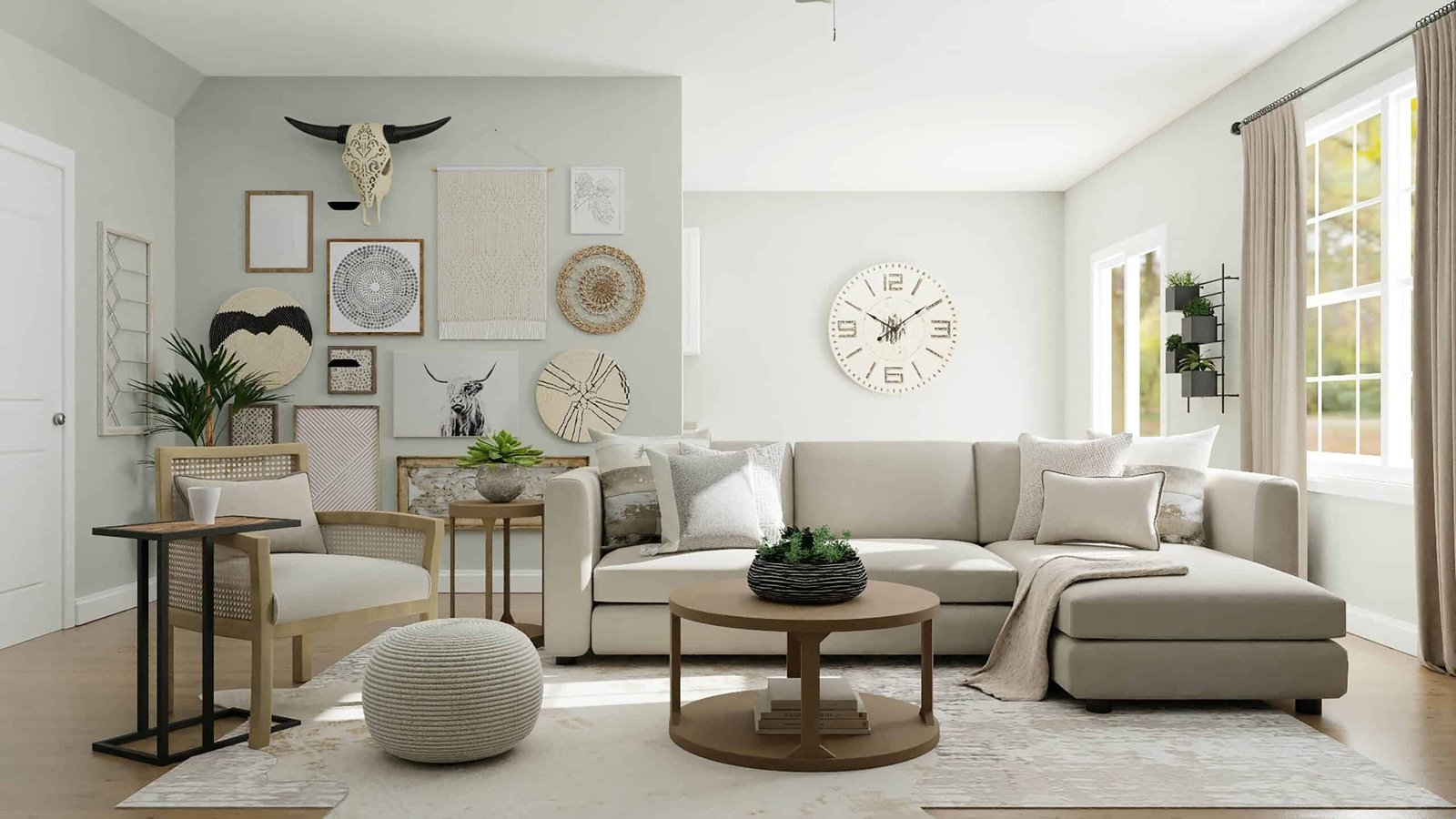
Disclaimer: As an Amazon Associate, “Furniture UK” earns from qualifying purchases.
Savvy Shopping Tips
When furnishing a home, striking a balance between style and affordability can be challenging. Furniture is an investment, but it needn’t break the bank. Knowing how to buy furniture on a budget is essential for creating a stylish and comfortable living space without going into debt. There are numerous ways to save money while acquiring quality home pieces.
By making intelligent choices and exploring different options, such as second-hand shops, online retailers, and even your local community, it’s possible to furnish your space without compromising style or quality. This article will guide you through buying furniture on a budget, focusing on practical tips and strategies to maximise your money. Using these tips, you’ll create a beautiful, functional living space that suits your tastes and wallet.
Setting a Budget
The first step when purchasing furniture on a budget is establishing a clear and realistic spending plan. First, assess your monthly expenditures, and consider setting aside an amount equivalent to three times your baseline spending needs for furniture purchases, as suggested by The Balance. This helps you avoid overspending and allows you to make informed decisions based on your financial means.
It’s essential to differentiate between wants and needs, focusing on acquiring the most vital pieces first. For instance, if you cannot furnish an entire room at once, prioritise the essential items and gradually add more pieces as your budget allows.
Consider the following factors when setting your budget:
- Room importance: Allocate more funds to rooms that require more furnishings or that you frequently use, such as the living room or bedroom.
- Quality vs cost: Weigh the trade-offs between purchasing low-cost furniture, which may need frequent replacements, and investing in higher-quality pieces that last. Remember that higher-end items from premium retailers might strain your budget but prove more cost-effective.
- Existing furniture: Take inventory of items you possess, like chairs or side tables, which you can repurpose, potentially reducing your expenditures.
Second-Hand Furniture
Buying second-hand furniture is an excellent way to achieve a stylish and functional home while sticking to a budget. There are various sources from which you can find quality used pieces that will save you money and add character and charm to your living space.
-
Charity Shops
Charity shops are treasure troves for budget-conscious furniture hunters. These shops often receive donations of pre-owned items in good condition, ranging from basics like tables and chairs to unique and vintage finds. As well as offering affordable prices, purchasing from charity shops allows you to support good causes in your community. Make a habit of visiting your local charity shops regularly, as new items are often added, and the best deals tend to go quickly. Here are a few UK charity shops that retail furniture: British Heart Foundation, Red Cross, Sue Ryder and many others. Search for charity shops in your local area.
-
Online Marketplaces
There is a wealth of online resources to help you find pre-loved furniture that fits your needs and budget. Platforms such as Facebook Marketplace, Gumtree, and eBay allow sellers to list used furniture, sometimes even for free. Utilising these websites enables you to browse hundreds of local listings and filter results based on pre-set criteria, so you can quickly locate the perfect piece. Remember to:
- Check reviews of the seller where possible.
- Ask for additional photos and information on the item’s condition.
- Read the item descriptions carefully for accurate dimensions and material information.
- Negotiate the price, mainly if you will collect the piece yourself.
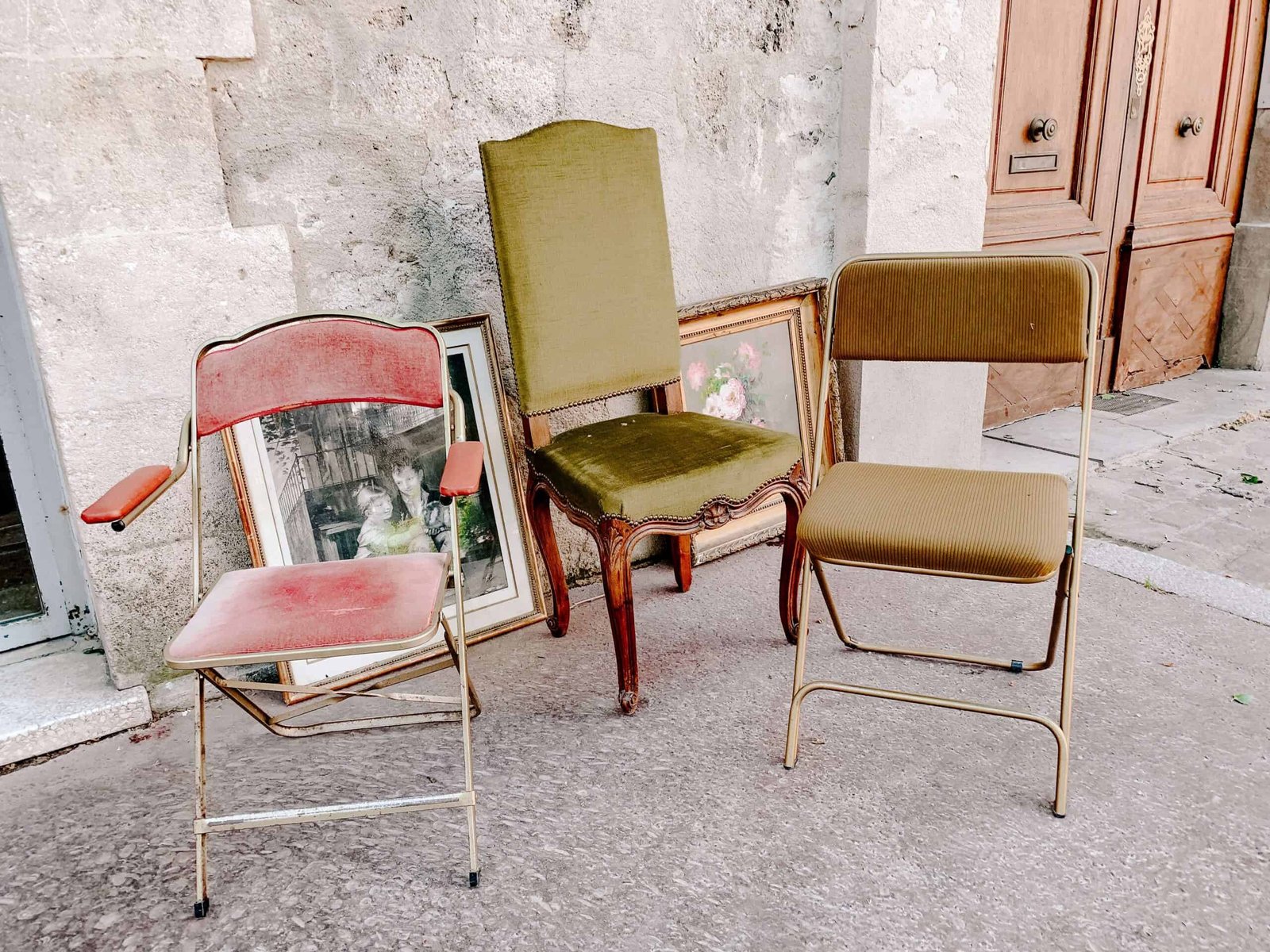
Shopping Sales and Discounts
When buying furniture on a budget, watching for sales and discounts is essential. This section will discuss how to make the most of seasonal sales and clearance outlets when purchasing furniture.
-
Seasonal Sales
Seasonal sales are an excellent opportunity to find furniture at significantly reduced prices. Many retailers offer discounts on various items during specific times of the year. For example, you might find great deals on outdoor furniture in late summer or early autumn as retailers make room for new stock. Additionally, watch major holiday sales, such as Black Friday and Boxing Day, when retailers often slash prices on various items.
-
Clearance Outlets
Another option for finding budget-friendly furniture is to explore clearance outlets. These stores, often run by larger retailers, sell end-of-line, overstocked, or returned items at a discount. Due to items being discontinued or displaying minor imperfections, you can find high-quality furniture at a fraction of the original price. Some well-known furniture retailers, such as Overstock.com, offer clearance sections on their websites where you can often find great deals on various pieces of furniture.
When shopping at clearance outlets or sales, always be prepared to act quickly, as popular items often sell out fast. Remember that items purchased at clearance prices may be non-refundable or come with a limited warranty, so inspect the item thoroughly before making your purchase.
Affordable Furniture Stores
Finding furniture on a budget requires knowing where to shop for affordable options. Many stores offer a variety of cost-effective furniture without compromising style or quality. This section will discuss some popular, cheap furniture stores to help you furnish your home without breaking the bank.
Wayfair is an online retailer that offers a wide range of furniture products at various price points. With numerous styles and designs available, Wayfair is a popular choice for those looking to find stylish yet affordable furniture. As mentioned above, in addition to the many online furniture retailers, consider leveraging the power of online marketplaces like eBay or Facebook Marketplace to find local sellers offering affordable, pre-owned furniture items. This option saves money and lets you find unique and characterful pieces to enhance your home’s décor.
Materials and Quality
When shopping for furniture on a budget, it’s crucial not to compromise materials and quality. Look for pieces made from durable and robust materials, as these will last longer and offer better value for your money.
One option is to search for furniture made of solid hardwoods, such as oak or walnut, as these materials are generally more robust and longer-lasting than plywood or veneers. Solid wood furniture tends to be more expensive but can still be within a budget if you shop wisely.
Opt for comfortable yet firm pieces when looking at upholstered items, such as sofas or armchairs. Check the cushions and fabric quality, ensuring the material is well-stitched, and the padding provides adequate support.

Alternatively, purchase plain, unfurnished pieces and add your creative touch. For example, you could buy a simple wooden nightstand and decorate it with colourful mosaic tiles to give it a unique and personalised appearance.
DIY and Upcycling
One of the best ways to buy furniture on a budget is to consider DIY and upcycling options. This approach saves money while adding a personal touch to your home decor. It also promotes environmental sustainability, reducing waste and giving new life to old pieces.
Beginners can start with simple upcycling projects, such as repurposing old dressers with a fresh coat of paint or turning an unused ladder into a decorative shelf for displaying books and plants (Good Housekeeping). More experienced DIY enthusiasts might consider transforming old pallets into stylish furniture or repurposing a cabinet into a functional kitchen island (Prudent Penny Pincher).
DIY and upcycling can offer various benefits besides being an affordable option:
- Enhances creativity: Repurposing furniture engages your creative skills, making it enjoyable and fulfilling.
- Unique decor: Customising your furniture adds personality and style to your home, making it stand out from generic mass-produced pieces.
- Environmental impact: Reusing and repurposing old furniture helps reduce waste and contributes to a more sustainable lifestyle.
To get started with DIY and upcycling, gather inspiration from resources such as online tutorials, blogs, and social media platforms. Be sure to select a project that aligns with your skillset and budget. As you gain more experience and confidence in your abilities, you can undertake more complex projects and continue to transform your home on a budget.


